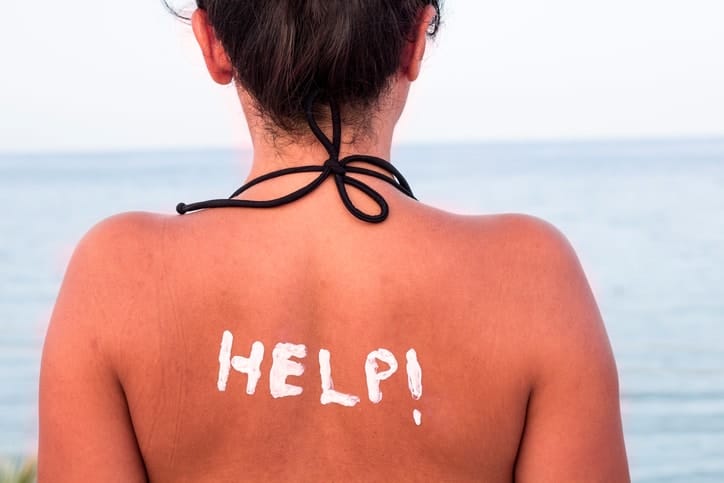
If you’re like most people, you probably enjoy the sunshine. It provides warmth and light, makes being outdoors more pleasant, and can even boost your mood. The sun can take a toll on unprotected skin, however, making you look older and causing other issues. In fact, up to 90% of the visible changes in your skin that are associated with aging can be blamed on sun exposure. In this blog, double board-certified facial plastic and reconstructive surgeon Dr. Thomas Romo III of Romo Plastic Surgery in NYC explains more about the sun’s impact on aging skin:
How does the sun affect aging skin?
The sun has the following effects on your skin, which start to show even more as you age:
- Increased wrinkles and skin changes: When you’re younger, you may burn or tan and not notice any permanent damage to your skin after you’re in the sun. But over time, the sun’s UV rays damage your skin’s elastin fibers, which leads to more wrinkles, lines, and other damage. Your skin can also become thick and leathery after repeated UV damage.
- Damage to all layers of your skin: UVA and UVB rays cause damage to the skin, but in somewhat different ways. UVB rays affect the epidermis – the skin’s most superficial layer. It causes sunburns and also increases your risk of skin cancer. UVA rays reach deeper into your skin, penetrating the dermis and affecting the production of collagen, which makes your skin less elastic and more likely to have wrinkles.
- Increased risk of skin cancer: Unprotected exposure to the sun can increase your risk of getting skin cancer. This is a danger for anyone, but especially for people who have fair skin.
How can you care for your skin when you’re outside?
The following tips will help you protect your skin when it’s exposed to the sun:
- Wear sunscreen: Choose a water-resistant formula that has a sun protection factor (SPF) of at least 30 and that offers broad-spectrum protection from UVA and UVB rays. Reapply it often and use about 1 ounce each time – approximately the amount that would fill a shot glass.
- Don’t forget your lips: Lips can also suffer sun-related effects, so they’ll need special protection out in the sun. Use a product specifically for your lips that has an SPF of at least 20.
- Cover up – Wear a wide-brimmed hat and long-sleeved, loose clothing and long pants. And don’t forget to wear sunglasses that protect your eyes from UV light.
- Be aware of the effects of certain medicines: Some medications, such as antibiotics, can make your skin much more sensitive to the sun than it normally is. The same can also be true for over-the-counter skin care products that contain alpha hydroxy acids. Make sure you understand how these medicines and products can affect the way your skin reacts to the sun and talk to your doctor whether you should take any special precautions.
- Avoid the sun at its peak: If you need to be outside, try to schedule your activities in the morning or evening. In most areas of the country, the sun is at its peak from about 10 a.m. to 3 p.m., so it’s best to save outdoor activities for other times.
If you’d like to reverse some of the damage that the sun has done to your skin over the years, make an appointment today for an evaluation with Dr. Romo. He combines surgical expertise with artistic skill, creating a natural-looking, more youthful appearance for his patients.

